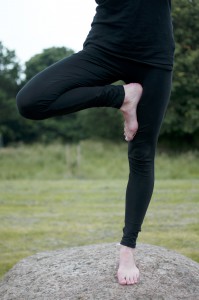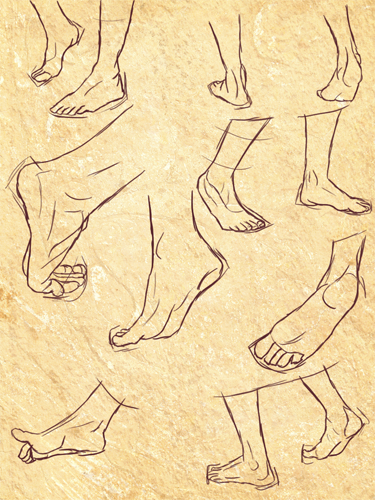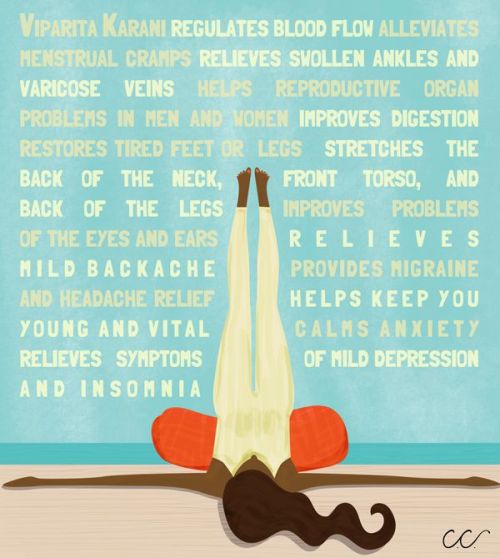‘Balance is not something you find, it’s something you create.’ Jana Kingsford
Balancing can improve your focus, strength, and help to calm the mind. Yet as we age our ability to balance is something that can start to decline. In a yoga class balancing poses can be some of the quietest and most focused moments of the class. However, unless approached in a certain way, they can also become one of the most frustrating and tense times.
Here are some hints for better balancing, and ideas to practice at home:
Gaze
When trying to balance, where you look is really important. In yoga we call this the drishti, or focused gaze. When balancing, pick a spot to focus on straight ahead that’s not going to move. Keep your gaze focused but soft on this spot.
Try this:
Try standing on one leg staring at your chosen gaze point. Then try the same thing but turn and look to your right, then left, then up and down. Notice how this affects your balance. Finally try to balance on one leg with your eyes closed.
Foundations
Think about your foundations. For standing balances, before you start take off your shoes and socks and warm up ankles with ankle circles. Then wiggle your toes and try to spread them out. Next try to move just your big toes, then try to move all the other toes without your big toes moving.
Bringing awareness into the feet can help us feel the ground through the feet and so help sense the weight shifting in the body. Try to ungrip the toes and keep the feet as relaxed as you can so that they are free to sense the ground and help you balance.
Try this:
To work on improving your balance, vary the surfaces you are standing on. Try balancing on a soft or uneven surface like a towel or foam block. Notice all the little movements your feet make as they adjust to help you balance on an unfamiliar surface.
Softness
It can be common to feel tense as you focus on trying to balance. But in fact this rigidity and tension can actually make balancing harder; it is often the rigid and brittle trees that are first to topple in a storm rather than the trees that move with the wind. A balance doesn’t have to be still- your feet and toes will be constantly moving as they readjust to keep your balance. You may even find you sway a little from side to side. So try to keep the pose soft, even if that just means releasing the back teeth or the toes. Also, keep breathing! When trying really hard to balance sometimes the breath gets held, and this will only make the body even more rigid- keep reminding yourself to breathe!
Try this:
Stand on one leg and try to keep as still as you can. Notice how this makes you feel- what sensations come up in the body, notice how easy it is to balance, notice what happens to your breath. Then see if you can soften or let go of one thing in the pose such as the shoulders, and then another, and another. Again notice how the pose now feels and how easy it is to balance, notice how much you move when the body is soft, notice how your breath changes.
Take your time
Keep it slow and work in stages- If you are unable to balance on one leg then try standing next to a wall or sturdy chair and keep one or both hands on the wall/chair until you feel comfortable to take it away. Rather than rushing to get your arms above your head in vrksasana (tree pose- see image), work from the ground up- sort out the legs first and then maybe take the arms up when you feel steady.
Try this: Make balancing part of your routine- stand on one leg when you’re brushing your teeth, for example.
For further information on my workshop on ‘balance’ please see here




